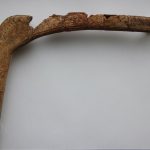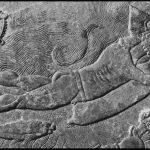Largest Sea Dragon Fossil Unearthed in UK
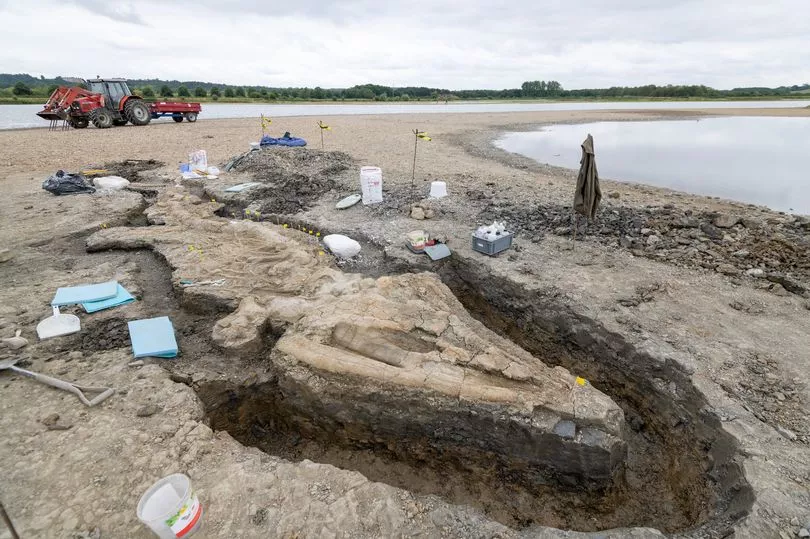
The fossil of a giant prehistoric “sea dragon” discovered in the Midlands has been described as one of the most important finds in the history of British paleontology.
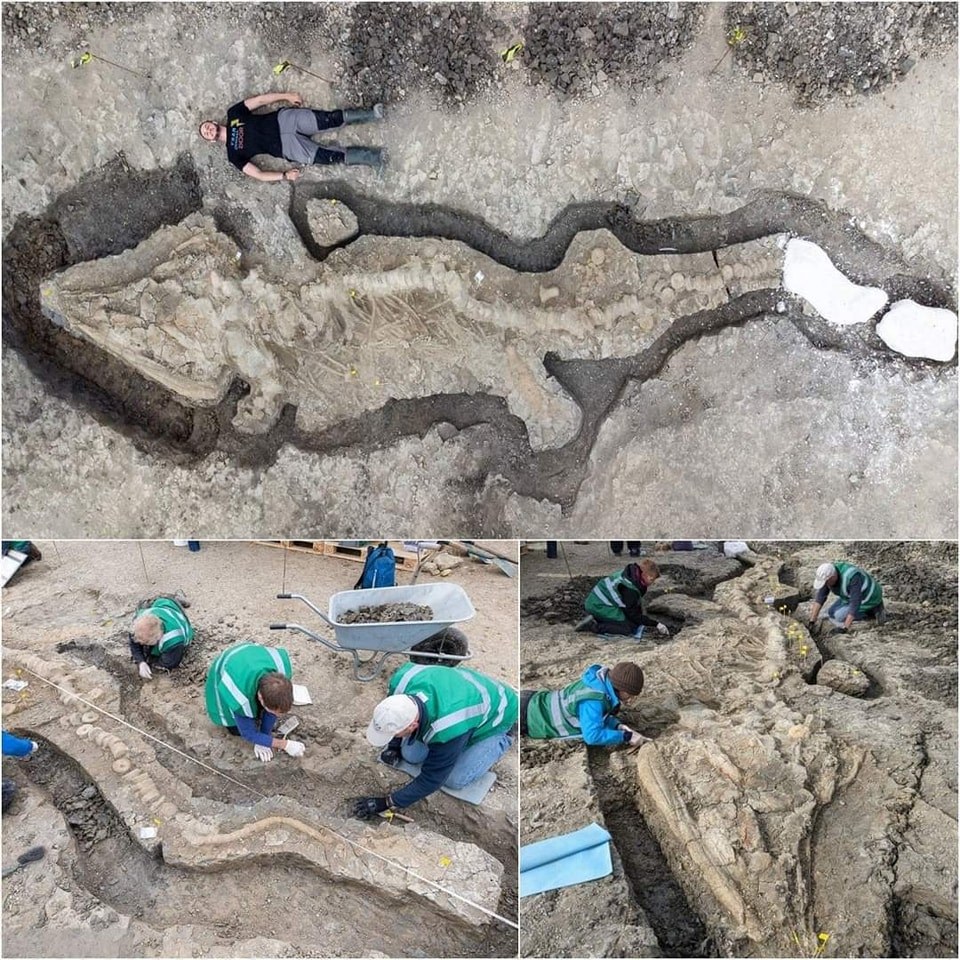
The ichthyosaur, estimated to be around 180 million years old, features a nearly 10-meter-long skeleton with a skull weighing approximately one ton. It is the largest and most complete fossil of this marine reptile ever found in the UK.

The massive skeleton was discovered by Joe Davis, conservation team leader at the Leicestershire and Rutland Wildlife Trust, during a routine draining and landscaping of Rutland Water in February 2021.
Ichthyosaurs are nicknamed “sea dragons” due to their large teeth and eyes. They were first identified in the early 19th century by fossil hunter and paleontologist Mary Anning. Dean Lomax, a paleontologist who has extensively studied these giant marine reptiles, remarked: “Although many ichthyosaur fossils have been found in Britain, this is the largest skeleton ever recorded here. It’s an unprecedented discovery—one of the greatest finds in British paleontological history.”
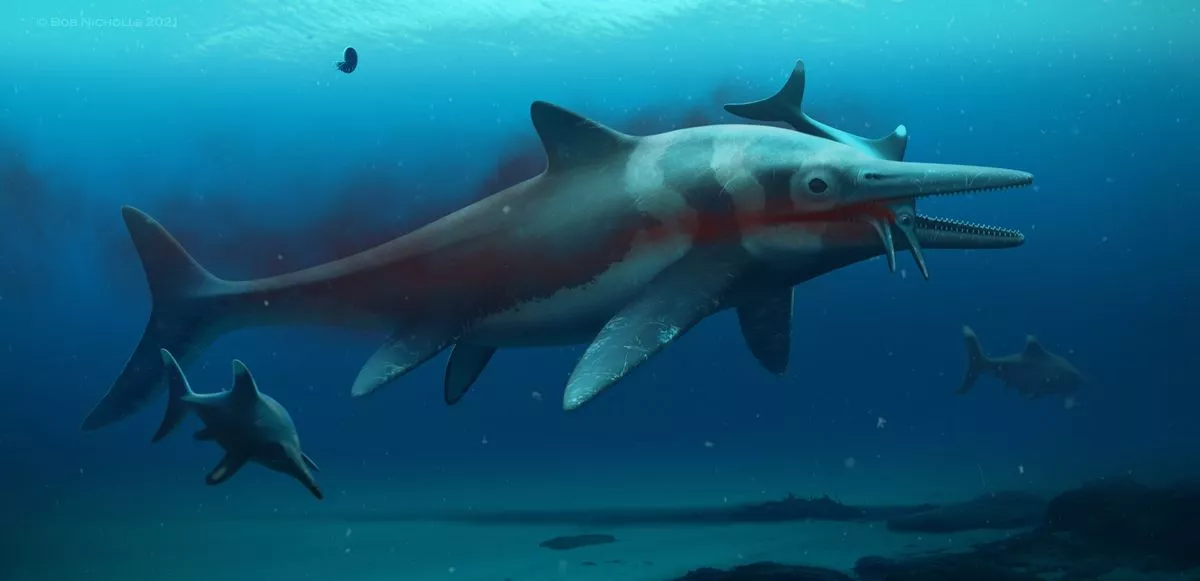
“This was the apex predator, the top of the food chain. It would have preyed on other ichthyosaurs, large fish, and even squid if it could catch them,” Lomax added.
However, Lomax noted that this discovery is just “the tip of the iceberg”—much more can be learned once the surrounding rock is fully cleared from the specimen. Two smaller and less complete ichthyosaur specimens were previously uncovered during the construction of Rutland Water in the 1970s.
Ichthyosaurs were marine reptiles that first appeared around 250 million years ago and went extinct about 160 million years later. They varied in size from 1 to over 25 meters long and had a body shape similar to modern dolphins.





